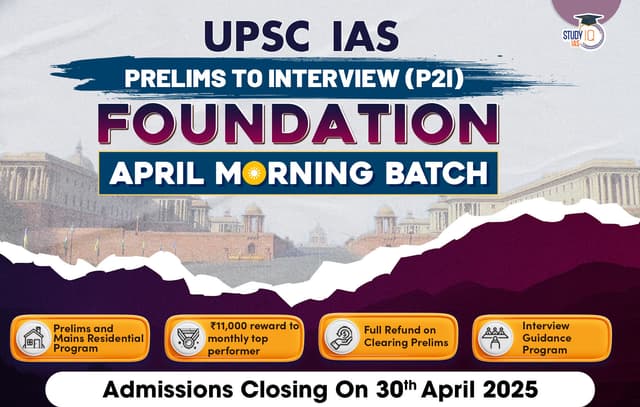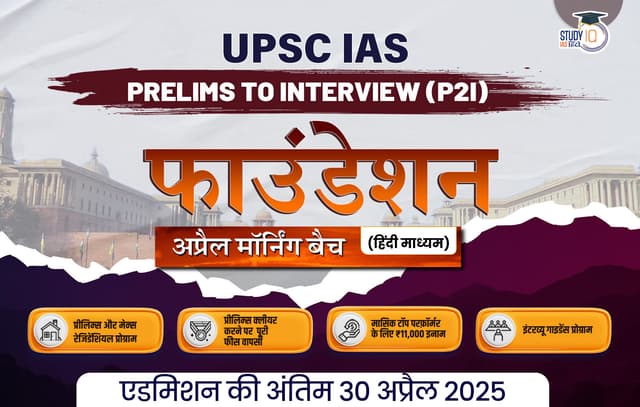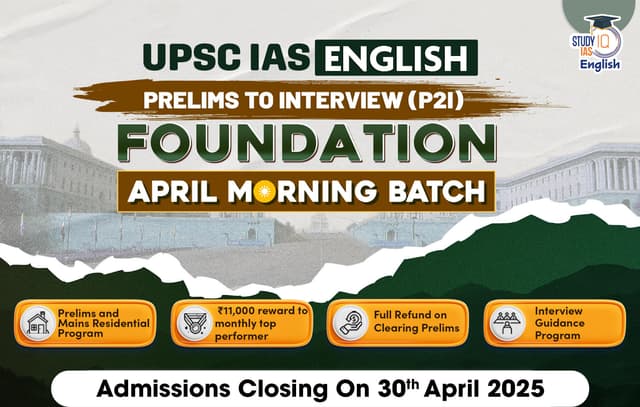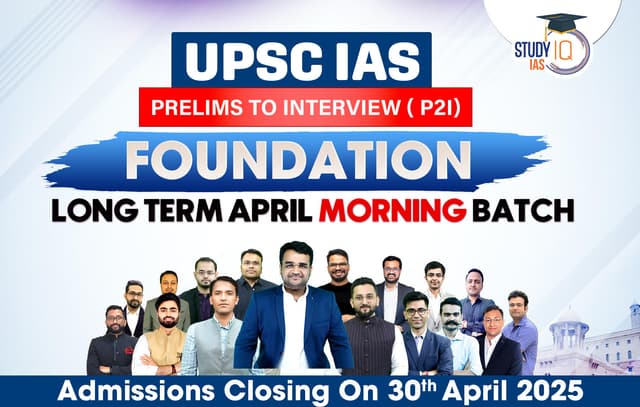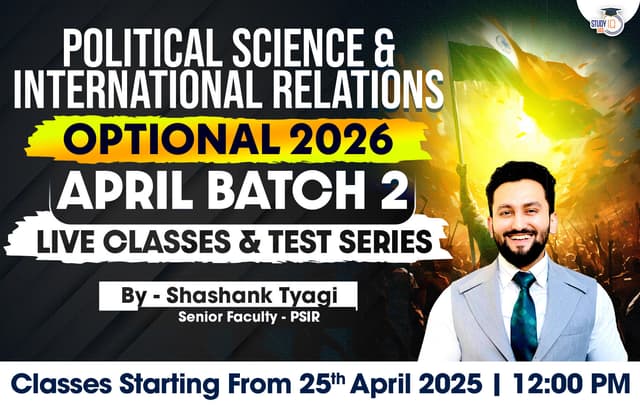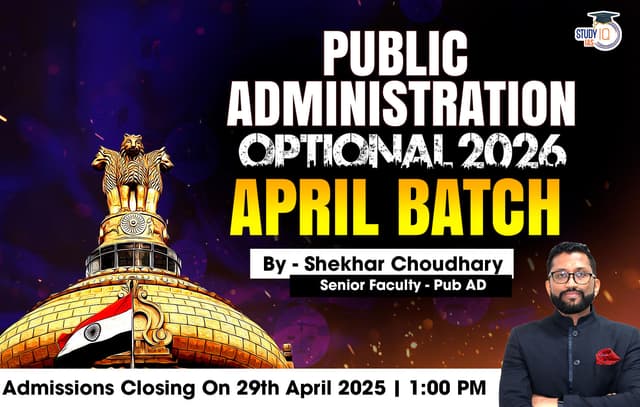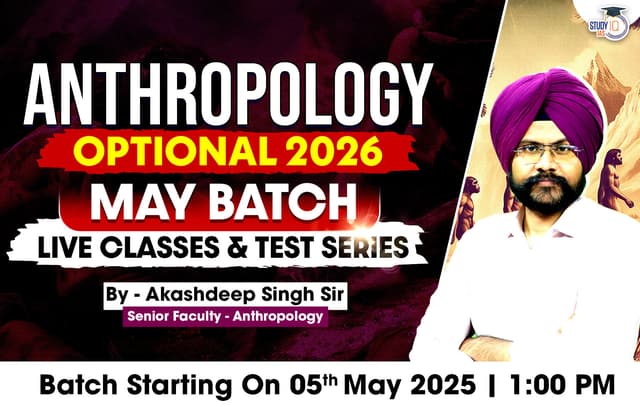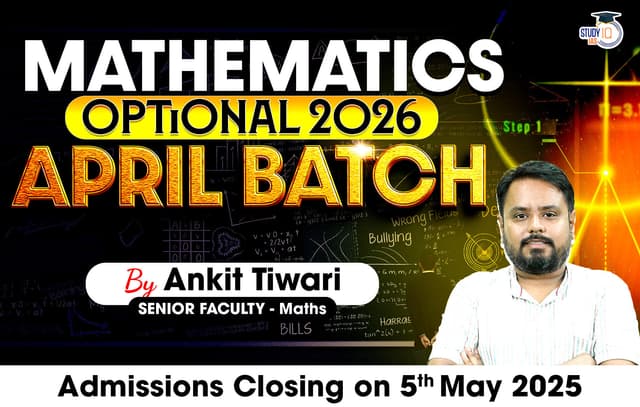Table of Contents
Hindustan Republican Association
Read all about Hindustan Republican Association or Hindustan Socialist Republican Association. Ram Prasad Bismil, Ashfaqulla Khan, Sachindra Nath Bakshi, Sachindranath Sanyal, and Jogesh Chandra Chatterjee established the Hindustan Socialist Republican Association (HSRA), formerly known as the Hindustan Republican Army and the Hindustan Republican Association (HRA). The written constitution of the HRA and its published manifesto, named “The Revolutionary,” were both used as proof in the Kakori conspiracy case of 1924. The Hindustan Republican Association (1924) will be covered in this essay, which will be useful for UPSC exam preparation.
Read More: Eka Movement
Hindustan Republican Association History
The Non-Cooperation Movement was abruptly put on hold by Mahatma Gandhi, which caused a wave of unrest among revolutionaries. These choices led to the disillusionment of many young men who had been fired up to battle the government. These young men did not agree with the nonviolence doctrine. They believed that the British could be expelled from the nation by using force and violence.
Many bloody revolutions and coups took place around the world at the same time as protests in other regions of the world. As a consequence, the old Yugantar and Anushilan Samiti were reawakened, and among the angry and unsatisfied Non-cooperators, a new breed of terroristic revolutionaries appeared.
A few of these young guys met in the East Bengali village. Among them were Pratul Ganguly, Sachindra Nath Sanyal, and Narendra Mohan Sen. Here, they founded the Anushilan Samiti branch. The Irish Republican Army served as inspiration for the moniker of the Hindustan Republican Association.
Read More: Kisan Sabha Movement
Hindustan Socialist Republican Association Formation
The Hindustan Republican Association (HRA) constitution was written in 1923 in Allahabad by Ram Prasad Bismil under Lala Har Dayal. Jogesh Chandra Chatterjee and Sachindra Nath Sanyal were two additional notable party members. The HRA also opened offices in Agra, Kanpur, Varanasi, Lucknow, Shahjahanpur, and Saharanpur in addition to Allahabad. It also had bomb-making facilities in Deogarh and Kolkata.
The party’s platform, dubbed “Revolutionary,” was written by Sanyal. It featured explosive content urging the nation’s youth to join the party and participate in the struggle for freedom. It rejected and attacked Gandhi’s strategies. The manifesto claimed that its goal was to create a “Federal Republic of the United States of India” following the overthrow of British rule.”
Additionally, it demanded universal voting. In the text, a communist society in India was promoted. The pamphlets were handed out in a number of towns in northern India. In 1924–25, many young individuals, including Chandrasekhar Azad, Sukhdev, and Bhagat Singh, joined the party.
Read More: Ahmedabad Mill Strike
Hindustan Republican Association Members
There is the complete list of all the members of Hindustan Republican Association:
- Ram Prasad Bismil
- Ashfaqulla Khan
- Sachindra Nath Bakshi
- Sachindranath Sanyal
- Jogesh Chandra Chatterjee
- Chandra Shekhar Azar
- Bhagat Singh
Read More: Surat Split
Hindustan Republican Association Objective
A “Federated Republic of the United States of India” was to be created by the Hindustan Republican Association through a planned military uprising. to show the need for and viability of direct action and revolution in order to achieve full independence, and to make the people of India aware of the futility of Gandhi’s nonviolent methods.
To establish a federated republic of the United States of India that is ideologically influenced by the Russian Revolution and socialist ideology in order to replace British imperialism in India. The HRA used terrorism among British and British supporters, the assassination of officials, political dacoities to raise money, and attacks against the raj.
The HRA had a socialist outlook and sought to create the United States of India by toppling the British, despite being a revolutionary terrorist organisation (the word terrorist was not then as derogatory as it is today). Young winners like Bhagat Singh, Chandra Shekhar Azad, Sukhdev, Ram Prasad Bismil, Roshan Singh, Ashfaqulla Khan, Rajendra Lahiri, and many others were interested in the idea.
Read More: Vernacular Press Act
Hindustan Socialist Republican Association Activities
The most well-known episode was the Kakori conspiracy. The day in question was August 9, 1925. In the vicinity of Lucknow, party members robbed a train transporting government funds. Unintentionally, one of the passengers died in the process. The incident also involved Bismil, Ashfaqulla Khan, Rajendra Lahiri, and Thakur Roshan Singh.
The most well-known episode was the Kakori conspiracy. The day in question was August 9, 1925. In the vicinity of Lucknow, party members robbed a train transporting government funds. Unintentionally, one of the passengers died in the process. The incident also involved Bismil, Ashfaqulla Khan, Rajendra Lahiri, and Thakur Roshan Singh.
Their only intention was to “make the deaf hear,” not to cause damage to anyone. The bombing caused no injuries, but it did lead to the arrest of both rebels. Inquilab Zindabad and “Down with Empire” were among the chants they made as they were being captured. The HSRA also bombed a train in 1929 that was transporting Lord Irwin, the viceroy of India at the time. He was unharmed. Most of the party’s leaders were murdered or imprisoned after 1931. The lack of leadership caused the group to break down.
Read More: Ilbert Bill
Hindustan Republican Association Criticism
The association’s strategies were completely at odds with Gandhi’s nonviolent resistance campaign. Gandhi scolded the rebels and their tactics severely. Gandhi’s “The Cult of the Bomb,” a scathing critique of the HSRA, was published in reaction to the assault on Lord Irwin’s train (Young India, 2 January 1929). In it, he claimed that throwing bombs was simply “froth rising to the top of an agitated liquid.”
Gandhi referred to the HSRA’s acts as “cowardly” and “dastardly,” respectively. Gandhi asserted that there were dangers in the HSRA’s violent fight. The violence led to more retaliation and misery. It would also shift inward because “violence against the foreign ruler” was “a simple natural step” into “violence against our own people.”
The HSRA responded by publishing its own manifesto, “The Philosophy of the Bomb,” in which they justified their violent tactics as being compatible with Gandhi’s nonviolent ones.
Read More: Indian National Movement
Hindustan Republican Association UPSC
The HSRA decided to operate under group guidance and declared socialism as its stated objective. The revolutionaries had a vision of the state they wanted to create once they had gained total independence. They tried to organize students, workers, and peasants in order to facilitate a widespread popular uprising. For candidates preparing for the UPSC Exam, this article contains all the information pertaining to the Hindustan Republican Association.
Read More: East India Association

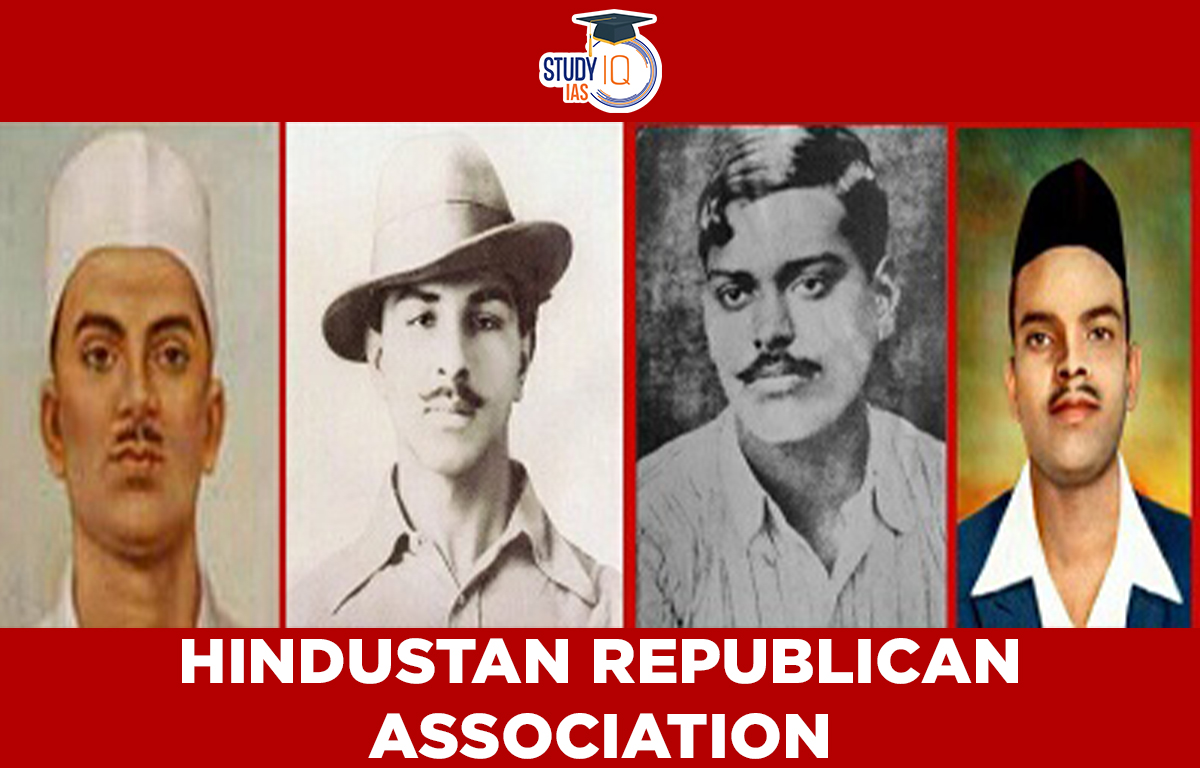
 Indus River System, Tributaries, and Sin...
Indus River System, Tributaries, and Sin...
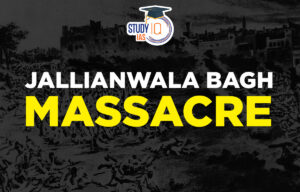 Jallianwala Bagh Massacre, Date, History...
Jallianwala Bagh Massacre, Date, History...
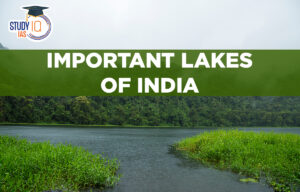 Important Lakes of India, State wise and...
Important Lakes of India, State wise and...

